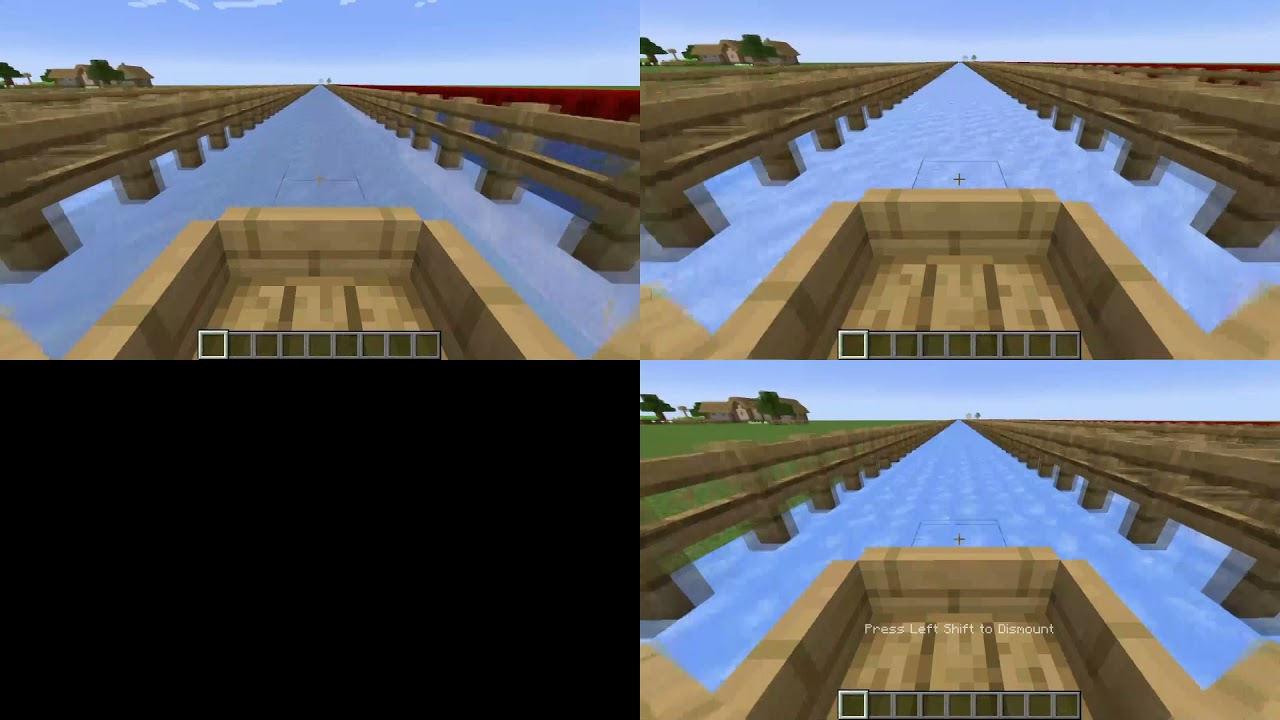
Blue Ice vs. Packed Ice: Understanding the Cooling Differences
When it comes to keeping food and drinks cold, both blue ice and packed ice are common choices. However, understanding the differences between blue ice and packed ice is crucial for making the best decision for your needs. This article delves into the properties, advantages, and disadvantages of each, helping you determine which cooling method is most suitable for various situations. Whether you’re planning a picnic, camping trip, or simply need to keep your lunch cold at work, knowing the nuances of blue ice vs packed ice can significantly impact your experience.
What is Blue Ice?
Blue ice, also known as gel packs or ice packs, is a reusable cooling agent typically consisting of a water-based gel enclosed in a plastic container. The gel is formulated to have a lower freezing point than water, allowing it to stay frozen for a longer duration. The characteristic blue color often comes from added dye, which serves no functional purpose but makes it easily identifiable.
Composition and Functionality
The core of blue ice is a non-toxic gel, often a polymer or a cellulose derivative. This gel has a higher thermal mass than water, meaning it can absorb more heat before its temperature rises. This property enables blue ice to maintain a lower temperature for a more extended period compared to regular ice. The plastic casing is designed to be durable and leak-proof, ensuring the gel remains contained even with repeated use.
Advantages of Blue Ice
- Reusability: One of the primary benefits of blue ice is its reusability. After use, it can be refrozen and used again, making it an environmentally friendly and cost-effective option.
- Longer Cooling Duration: Due to its composition, blue ice typically stays frozen longer than regular ice, providing extended cooling for your items.
- No Melting Mess: Unlike packed ice, blue ice doesn’t melt into water, preventing soggy food and a messy cooler.
- Controllable Temperature: Some blue ice packs are designed to maintain specific temperatures, making them suitable for sensitive items like medications.
Disadvantages of Blue Ice
- Initial Cost: Blue ice packs have a higher upfront cost compared to the cost of producing regular ice.
- Freezing Time: Blue ice requires a longer time to freeze completely compared to water.
- Potential for Leaks: Although designed to be durable, blue ice packs can sometimes leak if the plastic casing is damaged.
What is Packed Ice?
Packed ice, on the other hand, is simply frozen water, usually in the form of cubes, blocks, or crushed ice. It is the most traditional and readily available cooling method. Packed ice is commonly used in coolers, ice chests, and for direct application to injuries.
Formation and Availability
Packed ice is easily made at home using ice trays or an ice maker. It can also be purchased in bags from grocery stores, convenience stores, and gas stations. The simplicity and accessibility of packed ice make it a popular choice for many cooling needs.
Advantages of Packed Ice
- Cost-Effectiveness: Packed ice is generally cheaper than blue ice, especially if you can make it at home.
- Easy Availability: Packed ice is readily available in most places, making it convenient for spontaneous outings.
- Rapid Cooling: Packed ice can quickly cool down items due to its direct contact and rapid heat absorption.
- Versatility: Packed ice can be used for various purposes, including cooling drinks, preserving food, and treating injuries.
Disadvantages of Packed Ice
- Melting: The biggest drawback of packed ice is that it melts into water, which can make food soggy and create a mess.
- Shorter Cooling Duration: Packed ice typically melts faster than blue ice, providing a shorter cooling duration.
- Water Contamination: Melted ice can potentially contaminate food and drinks if the water source is not clean.
- Bulky: Depending on the application, packed ice can be bulky and take up significant space in a cooler.
Blue Ice vs. Packed Ice: A Comparative Analysis
To better understand the differences between blue ice vs packed ice, let’s compare them across several key factors:
Cooling Duration
Blue ice generally offers a longer cooling duration compared to packed ice. The gel inside blue ice has a higher thermal mass, allowing it to absorb more heat before warming up. This makes blue ice a better choice for situations where extended cooling is required, such as multi-day camping trips or long road trips.
Mess Potential
Blue ice wins in terms of mess potential. Since it doesn’t melt into water, it avoids the soggy food and waterlogged coolers associated with packed ice. This can be a significant advantage when transporting delicate food items or when cleanliness is a priority.
Cost
Packed ice is generally more cost-effective, especially if you can make it at home. While blue ice requires an initial investment, its reusability can offset the cost over time. However, for occasional use or situations where cost is a primary concern, packed ice is the more economical option.
Convenience
Packed ice is often more convenient due to its widespread availability. You can easily purchase packed ice from various locations, making it a practical choice for spontaneous events. Blue ice, on the other hand, requires pre-planning to ensure it is frozen before use.
Environmental Impact
Blue ice is generally considered more environmentally friendly due to its reusability. Packed ice, especially if purchased in plastic bags, contributes to plastic waste. However, the manufacturing process of blue ice also has an environmental impact, so it’s important to consider the entire lifecycle of both products. [See also: Sustainable Cooling Solutions]
When to Choose Blue Ice
Choose blue ice when:
- You need extended cooling duration.
- You want to avoid a messy cooler.
- You are looking for a reusable cooling solution.
- You need to maintain a specific temperature for sensitive items.
When to Choose Packed Ice
Choose packed ice when:
- Cost is a primary concern.
- You need a readily available cooling solution.
- You need rapid cooling.
- You only need cooling for a short period.
Safety Considerations
Regardless of whether you choose blue ice or packed ice, it’s important to follow safety guidelines to prevent foodborne illnesses. Keep cold food cold (below 40°F or 4°C) to inhibit bacterial growth. Use a food thermometer to ensure your food stays at a safe temperature. [See also: Food Safety Tips for Outdoor Events]
For blue ice, inspect the packs for any signs of damage or leaks before use. Discard any packs that are compromised. For packed ice, ensure the water source is clean to prevent contamination. Avoid refreezing melted ice, as it may contain bacteria.
Conclusion
In the debate of blue ice vs packed ice, there is no definitive winner. The best choice depends on your specific needs and circumstances. Blue ice offers longer cooling duration, reusability, and a mess-free experience, while packed ice is more cost-effective, readily available, and provides rapid cooling. By understanding the advantages and disadvantages of each cooling method, you can make an informed decision that suits your requirements and ensures your food and drinks stay cold and safe.
Ultimately, both blue ice and packed ice serve the same fundamental purpose: to keep things cold. Choosing between them involves weighing the factors of cost, convenience, cooling duration, and mess potential to determine which option best fits your particular situation. Whether you’re heading out for a picnic, stocking up for a camping trip, or simply trying to keep your lunch fresh, understanding the differences between blue ice vs packed ice will help you make the most effective cooling choice.

